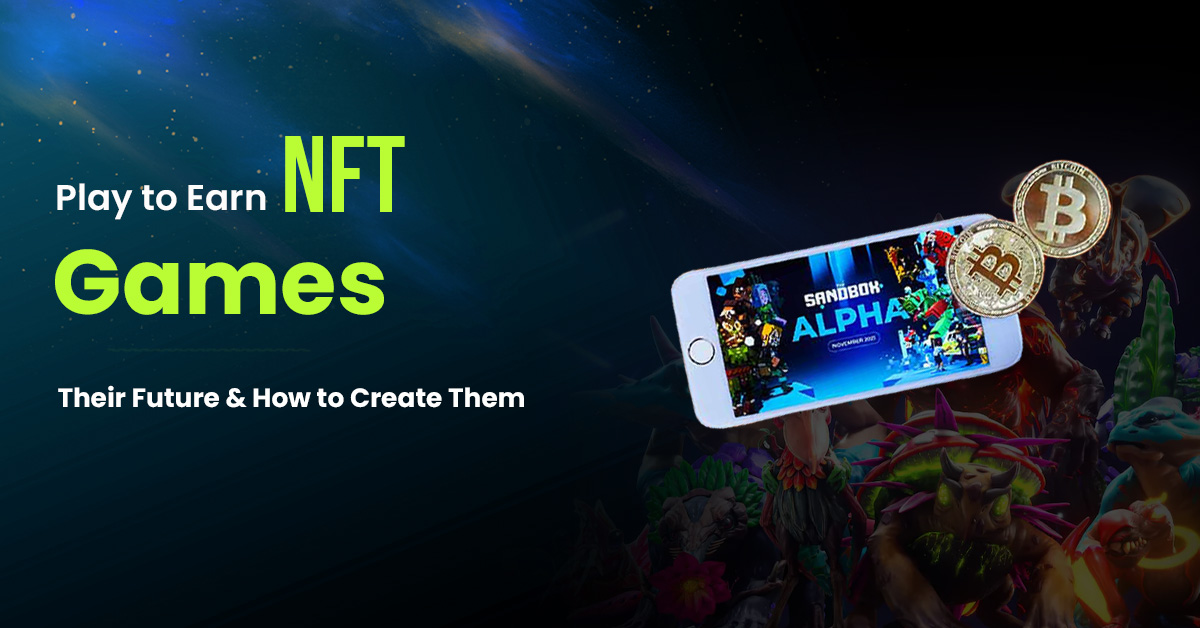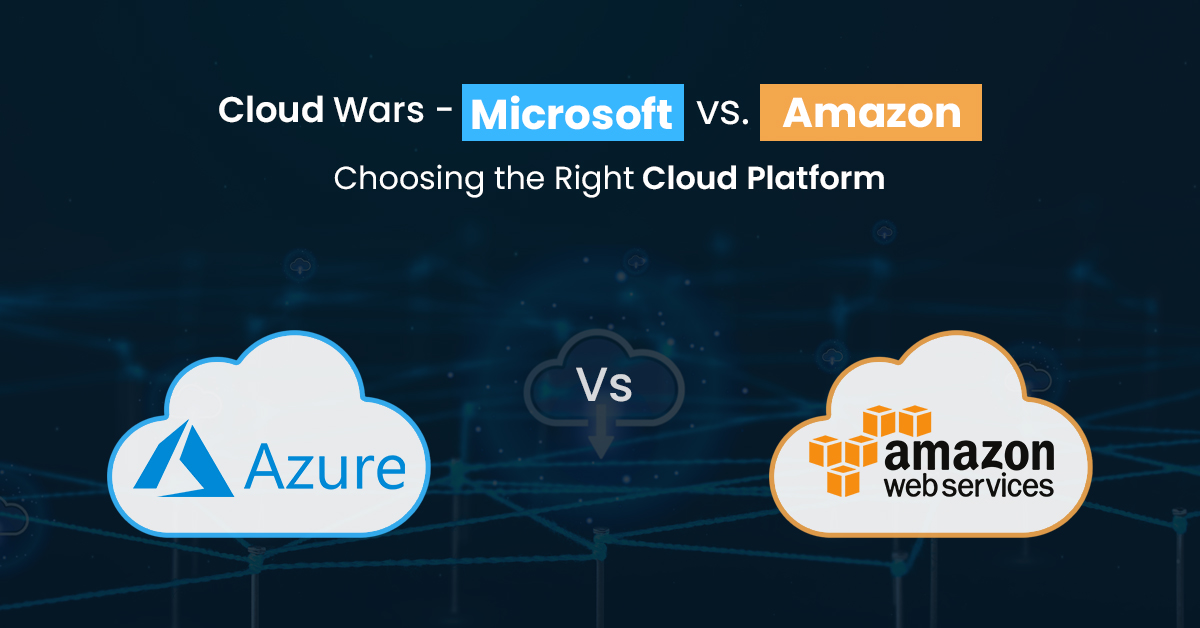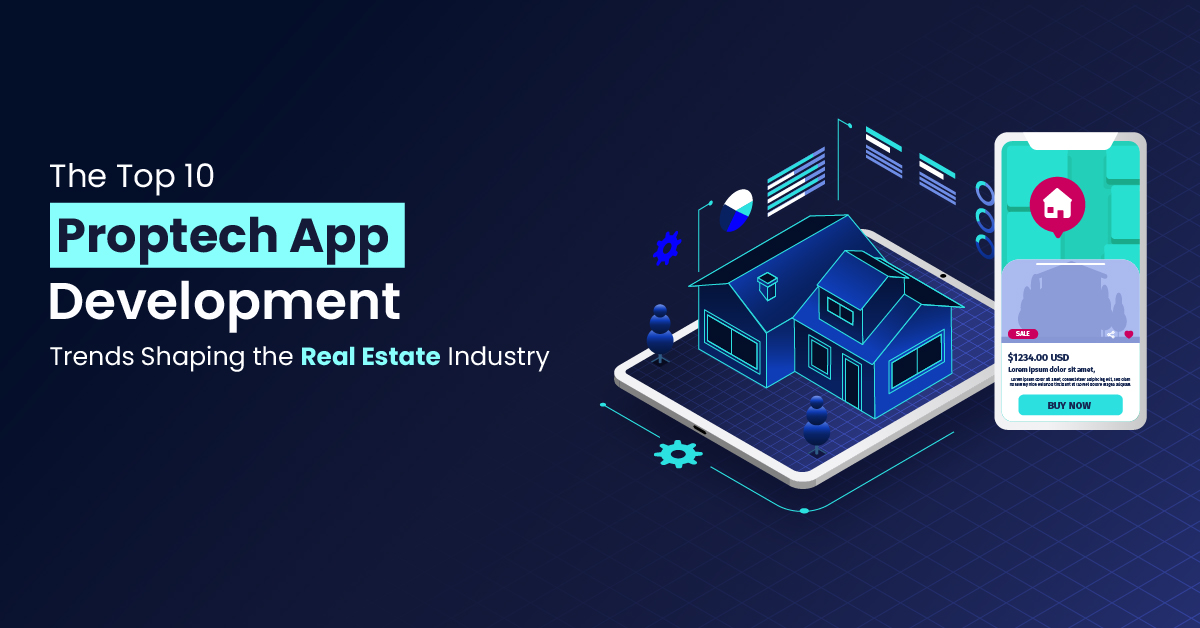Play to Earn NFT Games: Their Future & How to Create Them
Discover the exciting world of NFTs and their promising future in the gaming industry! Despite being a relatively new technology, NFTs have already taken the world by storm, offering multiple benefits to investors, developers, and gamers alike. But what exactly are NFTs, and how do they fit into the emerging GameFi space? Let’s have a closer look at the technologies used in developing NFT games, including blockchain standards and decentralized finance (DeFi), and some successful examples of NFT games.
Table of Contents
Share the article with your friends
You probably would have heard about NFTs or Non-Fungible Tokens at least once by now. NFTs took the world by storm, offering multiple benefits to users of all kinds, whether investors, developers, or gamers. However, considering that the technology is still in its infancy, it is thought that NFTs and the games utilizing them do not have a promising future. Are things really that way? Actually, this is not the case.
NFT is an emerging technology that will play a significant role in the Metaverse, especially in the gaming industry. Sounds a bit odd, yeah? Well, take MetaSoccer as an example. The game had approximately made more than 2 million dollars before it was released. And that’s not the only game. Axie Infinity, for instance, is doing pretty well. The cost of an Axie in Axie Infinity varies depending on the rarity and attributes of each Axie. It can range anywhere from a few dollars to several thousand dollars.
Not to mention that the prices in the Axie Infinity marketplace are determined by supply and demand, indicating that the cost can fluctuate over time. These are just 2 examples from one perspective, and there are numerous others to follow. Henceforth, it is fair to say that NFTs offer a promising future in the GameFi space for individuals who intend to delve deeper into this particular field.
Let’s break down the technologies used in developing an NFT game.

Defining GameFi
Simply put, GameFi is the combination of video games and decentralized finance, also referred to as DeFi. The technology used in developing such games is blockchain since it gives authority to gamers. That is, the virtual assets they purchase remain their property. On top of that, there are no third-party interventions.
Sounds interesting right? Usually, when it comes to the model that the current games are based on, it is Pay to Win. For gamers to progress effectively, they must pay to buy upgrades to avail of certain benefits and to reduce or stop ads. In contrast, the model on which GameFi is based is Play to Earn. As the term implies, in return for the players’ efforts and their time spent, they earn money.
However, it is worth noting that in GameFi games, players need more than just luck to win. Each game has its specific requirements, and for the players to succeed, they must go through the set rules carefully. Generally, players can increase their chances of winning by developing a strategy and utilizing their skills. Overall, the ways a user gets rewarded may vary, but when it comes to the characteristics most of the GameFi products have, they are almost the same.
Let’s have a look at them.
1. Non-Fungible Tokens (NFTs)
Non-Fungible Tokens (NFTs) are unique and protected digital assets made using blockchain technology. These include but are not limited to digital assets such as a player’s avatar, house, or the tools used for gaming. The digital assets can not only be used to improve the user’s overall experience but, on the other hand, can be exchanged in return for different cryptocurrencies to gain extra profits.
2. Decentralized Finance (DeFi)
DeFi (Decentralized Finance) is a financial system built using blockchain technology to perform financial services such as lending, borrowing, trading, and investment without intermediaries like banks. DeFi aims to create a more open, transparent, and accessible financial system, leveraging smart contracts on blockchain networks to enable users to control their assets and interact with financial applications directly.
Moreover, when talking about blockchain, let’s not forget that it comprises multiple standards. As a result, the functions used in smart contracts vary, and this is where things get more interesting. Each of these standards has its attributes, offering unique functionalities applied during the creation of NFTs.
Here is a closer look at some widely used blockchain standards.
Blockchain Standards
Blockchain standards refer to a set of technical and operational specifications that provide a common framework for developing, implementing, and using blockchain technology. These standards ensure interoperability, security, privacy, and scalability among blockchain systems and applications. They also provide guidelines for defining and exchanging data, transactions, and other information on the blockchain network. A few examples of blockchain standards include ERC-721, ERC-998, and ERC-1155.
1. ERC-721
ERC-721 is a blockchain standard for non-fungible tokens (NFTs) on the Ethereum network. Unlike fungible tokens, such as Ether or ERC20 tokens, each NFT is unique and has distinct characteristics and attributes, representing ownership of digital assets like collectibles, game items, real estate, and more. The ERC721 standard defines a common set of rules for NFTs, allowing for interoperability and a more streamlined market for these unique digital assets.
2. ERC-998
ERC-998 is a proposed Ethereum token standard for “composable non-fungible tokens,” which allows for creating unique tokens that can be combined to form larger, more complex token systems. This standard is meant to provide more flexibility and customization compared to the current ERC-721 standard, which is used to define non-fungible tokens such as CryptoKitties. ERC-998 tokens can be either fungible or non-fungible and can contain multiple child tokens, making it possible to create complex token systems with a wide range of functionality.
3. ERC-1155
ERC-1155 is a proposed Ethereum token standard for a new type of token that combines features of both fungible and non-fungible tokens. It allows for the creation of tokens that can be either fungible or non-fungible and can be used to represent a variety of assets, including cryptocurrencies, game items, and digital collectibles. The ERC-1155 standard provides a more flexible and efficient way of managing token assets compared to ERC-20 and ERC-721 standards, as it allows the creation of tokens that can be used in multiple ways. This can lead to cost savings and improved efficiency in various applications like gaming, decentralized finance, and other blockchain-based systems.
Let’s get back to what Play to Earn Games are and how they work.
What are Play-to-Earn Games & How Do They Work?
Play-to-Earn games allow gamers to earn cryptocurrencies and digital assets or NFTs simply by playing them. How, you might think? Well, these games include activities that a gamer usually performs. For example, competing with other players, taking on challenges, solving puzzles and issues, fighting with other players, etc. Upon completion of each task, the user gets rewarded.
Interestingly, all of the elements offered within the game are NFTs based. The plus point here is that these later on can be exchanged or sold in the marketplace. For instance, in Axie Infinity, users buy creatures called Axies which can be used to battle, explore, and breed new Axies. Once these Axies reach a certain level, they can easily be sold. Or a user can simply breed a new unique Axie and sell or exchange it in the marketplace.
Moreover, thanks to blockchain technology, these games offer higher security, and above all, the authenticity and ownership of the transactions can be verified. In-game tokens have a significant value outside the games and this is all the more reason players invest their time and efforts into Play to Earn games. These games provide gamers with a platform to generate a significant amount. It is because of the same reason most of them have made this model their primary source of income, replacing their salaries.
Not only this but supported by many investors, developers are quickly introducing several Play-to-Earn projects. From every perspective, Play-to-Earn games have a promising future whether you are an investor, a developer, or a gamer. How do you make your own NFT game? Well, here are a couple of things you should consider if you are looking forward to developing a NFT game.
How Can You Develop Your Own NFT Game?
The process of developing an NFT game is similar to that of developing any other game. However, it requires the addition of some distinct features.

1. Conceptualization
To begin with, just like any other project, the first step in NFT game development involves conceptualizing the project’s scale. Here you would define an idea based on which the game would later be developed. What you need to do is perform an in-depth analysis of the market and have an understanding of your competitors. For instance, a couple of present NFT games include Axie Infinity, Decentraland, and CryptoBlades. So, in this case, you need to analyze what these offer and users’ points of interest in them. Once you understand your competitive market, combine all your ideas into a well-thought concept.
2. The Design Stage
The next step focuses on working on the design of your NFT game. It is one of the most critical stages of the development process since you will be working on the elements focusing on how users will interact with your NFT game and to assure that their needs and expectations are well addressed. In developing a design, you will also be helping the development team decide what the product is and how the users will interact. In doing so, the development team will clearly understand your intent and set a clear benchmark to start the next phase of your NFT game development.
3. The Development Stage
Moving forward, next comes the development stage. Before you start working on the development process, you should have a clear idea of a couple of things to ensure optimal functionality. Take a moment and consider these possibilities.
Think about the platform you will be using and the tech stack required to build the application on that particular platform. Moreover, you must decide whether the NFT game you intend to develop will be mobile or web-based. Both of these have perks of their own. For example, where web applications are easily accessible, mobile applications do quite well when it comes to portability. With smartphones being the preference of many users, mobile apps will work like a charm. However, although they offer enhanced functionality and are faster but on the downside, they usually cost more to develop.
Another factor you should consider when creating a mobile application is whether your app will be Android-based, iOS-based, or both. Once done, assess your development team’s strengths and weaknesses and decide which tech stack they can work on best. For example, in most cases, NFT game development requires JavaScript or TypeScript for front-end development.
Moreover, the preferred frameworks are React and Vue. Similarly, a crypto wallet is an excellent option to stick with when it comes to login features, user authentication, and storing digital assets. Most of the crypto app development relies on the MetaMask wallet, as it is the most popular option. Lastly, pin down the features you desire to be incorporated into the app, and you are good to go with the development phase.
4. Testing Stage
Considering that the primary technologies involved here are NFTs and blockchain, which are relatively new, you will need experts to test your product in detail before it finally gets deployed. Testing is essential to ensure that nothing goes wrong with your NFT game and that it complies with the guidelines and functions intended to ensure success.
5. Deploy and Support Stage
Lastly, after you have ensured that your NFT game functions as intended, you can go ahead and deploy it. However, the process does not end here. As the users interact with your NFT game, they will obviously be sharing their feedback. What you need to do here is collect that feedback and invest your time and resources in the maintenance of your product to enhance the user experience.
How Can Appricot IT Consultants Help You Develop Your Own NFT (Play-to-Earn) Game?
Appricot IT Consultants offers top-notch product development services unmatched in the tech industry. Our team comprises highly skilled and experienced developers who can turn your ideas into reality. We are passionate about creating innovative NFT games that provide an engaging and immersive gaming experience.
With a deep understanding of blockchain technology and the NFT space, we can deliver products that meet the highest quality and performance standards. Our goal is to provide our clients with the best possible products and services, and our commitment to excellence has made us the top choice for businesses and individuals looking to develop NFT games.
Why wait? Let’s connect today and get started on your next big project.
Concluding Thoughts
The gaming industry is growing and is expected to experience significant growth in the coming years. There is increased interest from players, developers, and investors alike in seeking new opportunities within this sector, as it offers the potential for significant returns. If you are looking to take advantage of this trend while there is still limited competition, get in touch with us to turn your vision into a reality!
FAQs
What are Play to Earn NFT Games?
Play to Earn NFT Games are a new breed of blockchain-based games that allow players to earn real-world value through non-fungible tokens (NFTs). In these games, players can accumulate in-game assets and currencies that can be traded or sold for cryptocurrency, creating real economic opportunities within the gaming ecosystem.
How do Play to Earn NFT Games work?
Play to Earn NFT Games leverage blockchain technology to establish ownership and scarcity of in-game items. Through the use of smart contracts, players can own and trade unique NFTs representing game assets such as characters, weapons, or virtual properties. These NFTs have real value and can be bought, sold, or used in various ways within the game’s economy.
What is the future of Play to Earn NFT Games?
The future of Play to Earn NFT Games looks promising. As blockchain technology continues to advance and gain mainstream adoption, these games have the potential to reshape the gaming industry by empowering players to monetize their gaming skills and investments. With the ability to earn real-world rewards and participate in decentralized economies, Play to Earn NFT Games offer a more inclusive and rewarding gaming experience.
How can I create a Play to Earn NFT Game?
Creating a Play to Earn NFT Game requires a combination of game development skills and understanding of blockchain technology. To get started, you will need to design game mechanics that incentivize player engagement and provide opportunities for earning and trading in-game assets as NFTs. Additionally, you will need to integrate blockchain infrastructure, such as smart contracts, to enable secure ownership and trading of these NFTs. Collaborating with blockchain developers and leveraging existing blockchain platforms can help streamline the development process.
What benefits do Play to Earn NFT Games offer?
Play to Earn NFT Games offer several benefits for players and developers alike. For players, these games provide a chance to earn real-world value from their gameplay, creating financial incentives and a sense of ownership. Additionally, Play to Earn NFT Games foster transparent and decentralized economies, allowing players to freely trade and interact with the in-game marketplace. For developers, Play to Earn NFT Games present new revenue models, increased player engagement, and the potential for building vibrant and self-sustaining gaming communities.
Are Play to Earn NFT Games secure?
Play to Earn NFT Games leverage blockchain technology, which provides inherent security through decentralized and tamper-resistant mechanisms. The use of smart contracts ensures transparent ownership and secure transactions of NFTs. However, it is important for players and developers to exercise caution and conduct due diligence when participating in or creating Play to Earn NFT Games. Understanding the underlying blockchain technology, implementing proper security measures, and engaging with reputable platforms and communities can help mitigate potential risks.
Share the article with your friends
At Appricot IT Consultants
We’re driven by our passion for providing top-tier tech solutions to our clients. Our goal is to ensure that your business thrives in the digital age. Join us on a thrilling journey of innovation and growth, as we work together to unleash the full potential of your enterprise.
Related Articles
Satisfy your cravings for knowledge and inspiration!

Cloud Wars - Microsoft vs. Amazon
Learn about the features and benefits of Microsoft Azure and Amazon Web Services, two leading cloud platforms, to understand how to choose the one that best fits your needs

App Development Trends Shaping Real Estate Industry
From virtual and augmented reality to blockchain and smart contracts, discover the top 10 proptech app development trends that are shaping the future of the real estate industry.

Key Technologies Powering the Metaverse
Explore how top-tier technologies, such as blockchain, cryptocurrency, and NFTs, intertwine to create Metaverse, and how you can benefit from the opportunities they offer
